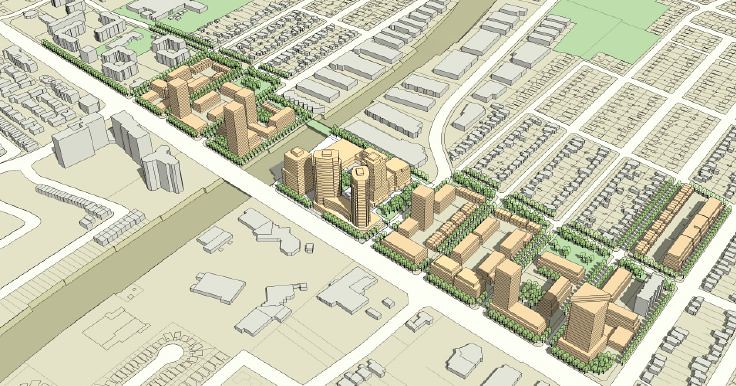I barely get to these forums anymore, but dipped in again today, and couldn't resist replying on a couple of points.
I'm referring to those who use the TTC in Toronto. That extra fare only pays for the TTC service in Region of York. Essentially that is Region of York service being provided on contract by TTC. Personally I'd charge those not resident in Toronto a double fare, so those crossing Steeles on a TTC bus would pay triple fare.
I don't know -- it might get complicated.
1) Would tourists, who don't live in Toronto, be double-fare or triple-fare? What about visiting diplomats? And how about if your cousin visits with you in your apartment on the south side of Steeles, but then gets mad and stays with your parents a block north -- do they pay tourist rate, Toronto rate, or 905 rate?
I think it would probably just be easier to issue a special discount card to those who pay tax in Toronto. So if you own real estate in Toronto you get the special taxpayer's rate, and if you don't own real estate in Toronto you pay full freight.
2) Some would say that the discount you get should be commensurate with how much you subsidize the TTC as a taxpayer. If I live in Vaughan and own a huge Toronto apartment building, and consequently pay massive tax, then shouldn't I get a much deeper discount than some guy with a tiny little 60s-era North York condo who barely subsidizes the TTC at all?
Others would say that if you own property, you're probably just passing the cost of your TTC-subsidizing property tax to your lessees. To me that is a private arrangement, although I can see how maybe the taxpayer should be required to lend the discount card to the lessees.
The only problem there is that, logically, then you end up saying that employees (or maybe shareholders?) of companies that pay commercial real estate tax to subsidize the TTC should get discount cards, too. And then you still have 905ers hogging the TORONTO transit system!
Im suggesting a DRL that goes to sheppard so all the scarborough residents and the immediate area North york residents use the DRL versus the yonge line. That way Yonge can grow in density which it will (Y&E, Y&L, Y&S, Y&F, 905, actually any major intersection on yonge will eventually become very dense).
Let me float the following, as I have done from time to time. Wouldn't there be more bang for the buck by retrofitting the GO Richmond Hill line to do some of this? It wouldn't really be a DRL, but it would do what you are talking about for North York and Scarborough.
Instead of tunnelling from scratch, convert the above-ground GO RH into an above-ground LRT:
- add a downtown stop somewhere (College?);
- intersect an Eglinton stop with the Eglinton LRT;
- integrate Oriole GO and Leslie subway station;
- integrate Old Cummer GO with TTC bus service; and
- add a Steeles stop.
Only two GO corridors could meaningfully relief Yonge; those are Richmond Hill and Stouffville. Currently, both have very low capacity, and are not scheduled for major enhancements.
Why not? Has anyone seriously looked at this? There would surely be all kinds of institutional hurdles, between who owns what tracks and which agency can play nicely with which. I get that. But surely these are solvable problems.



